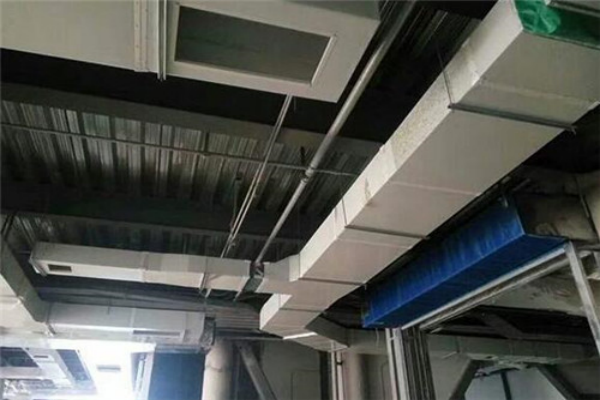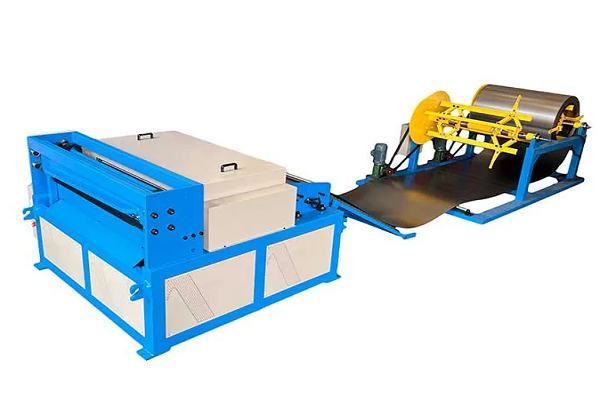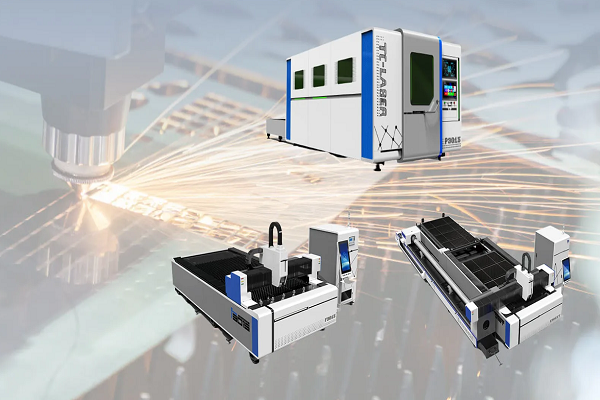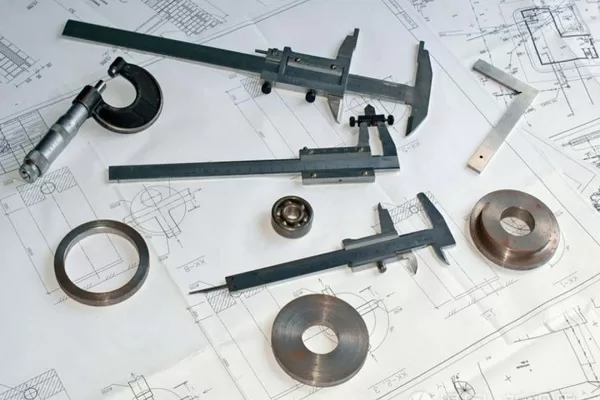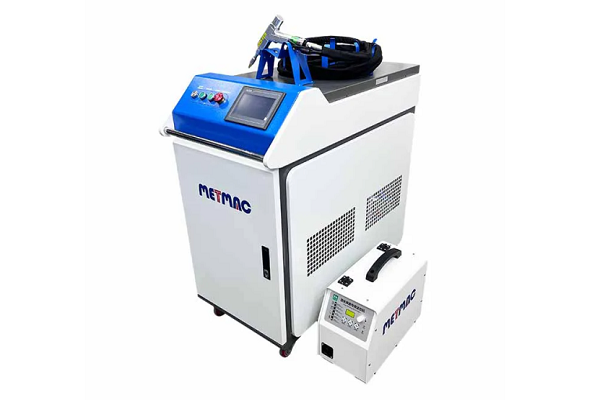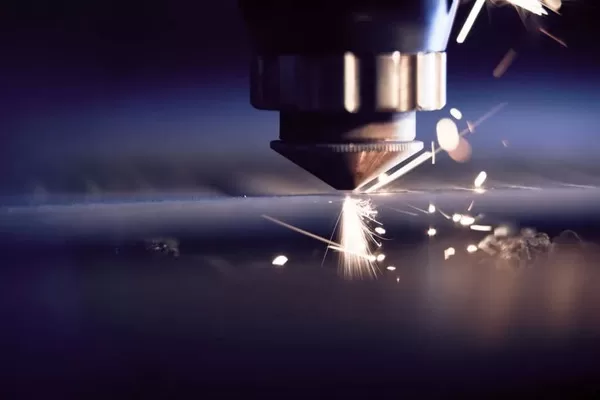
Understanding the Mechanics of Sheet Metal Rolling Machines
- By:Metmac
- 2024-07-02
- 10
In the realm of metalworking, sheet metal rolling machines stand as towering titans, capable of transforming raw sheets of metal into intricate and precise shapes. These remarkable machines utilize the principles of plastic deformation to bend and shape metal, making them indispensable tools in industries ranging from automotive fabrication to aerospace engineering.
The Rolling Process
The core principle behind sheet metal rolling involves applying controlled pressure to the sheet, causing it to undergo plastic deformation. As the sheet passes between two or more opposing rollers, the gap between the rollers gradually decreases, compressing the metal and forcing it to conform to the desired shape.
Types of Rolling Machines
Sheet metal rolling machines come in a variety of configurations, each suited to specific applications. Plate rolling machines handle thick sheets, while press brake machines specialize in sharp bends and angles. Tube and pipe rolling machines shape cylindrical workpieces, while cone rolling machines create conical forms.
Parameters of Rolling
The successful operation of a sheet metal rolling machine depends on several key parameters:
Roll Diameter: Larger rollers produce more gradual bends, while smaller rollers create tighter curves.
Roll Material: Rollers are typically made of hardened steel or composite materials to withstand the immense pressure and deformation forces involved.
Roll Gap: The distance between the rollers determines the amount of deformation that the sheet undergoes.
Rolling Speed: The speed at which the sheet passes through the machine affects the uniformity and surface finish of the bent metal.
Safety Considerations
Operating sheet metal rolling machines requires utmost care and attention to safety. Proper training, protective gear, and adherence to established guidelines are crucial to prevent accidents and injuries.
Benefits of Sheet Metal Rolling
Sheet metal rolling offers numerous advantages, including:
Precision: Rolling machines produce accurate and consistent bends, minimizing the need for post-process finishing.
Versatility: They can bend a wide range of metals and thicknesses, making them suitable for a diverse range of applications.
Efficiency: Rolling machines are highly efficient, reducing labor costs and production time.
Cost-effectiveness: Compared to other metalworking methods, rolling is a relatively affordable and low-maintenance solution.
Conclusion
The mechanics of sheet metal rolling machines are essential knowledge for engineers, fabricators, and anyone involved in the metalworking industry. By understanding the principles and parameters involved, operators can optimize the performance of these machines, ensuring precise and efficient results.
